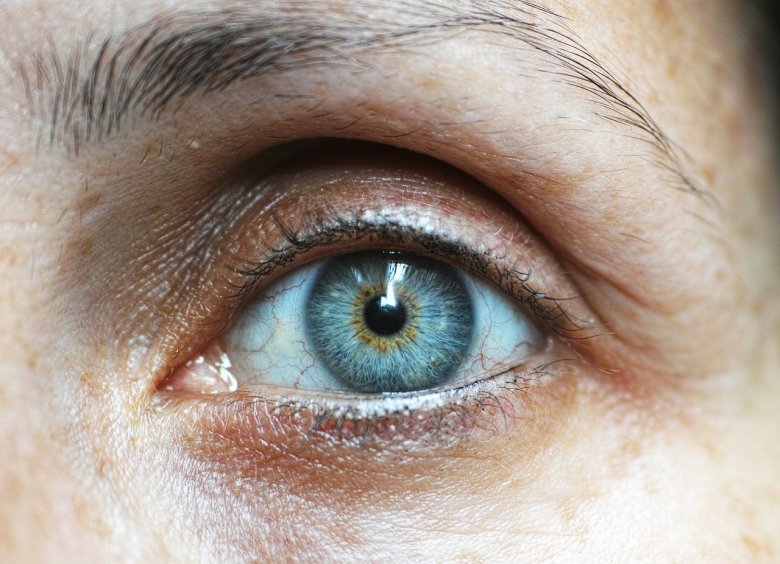- May 9, 2025

Sometimes we think that if nothing goes wrong with us, we are healthy. Unfortunately, some diseases run secretly, slowly damaging the organs of our body. Glaucoma is one of the diseases that initially damage the visual system without any symptoms. When we see a deterioration in vision, it is usually too late to undo the changes. It also happens, however, that our body sends some signals suggesting that our eyes start to fail. However, it is necessary to be vigilant and aware of what to pay attention to in order to perceive them. Early detection of glaucoma can save our eyesight.
Since glaucoma, a disease in which the optic nerve is damaged, in most cases it is completely asymptomatic for a long time, it can only be detected by regular prophylactic examinations. It is important to know that when in the course of glaucoma there are cavities in the field of vision and a noticeable deterioration of vision, these are already irreversible changes. If we want to avoid their occurrence, it is necessary to detect the disease at an earlier stage. The recommendations of the Polish Ophthalmological Society are very precise with regard to prophylactic examinations for glaucoma. They say that every person who has reached the age of 40 should undergo such tests every two years. Not only that, anyone with additional glaucoma risk factors, such as the occurrence of glaucoma in parents or siblings, African or Asian origin, diabetes, hypertension, chronic low blood pressure, myopia or hyperopia, as well as the use of corticosteroids, e.g. due to other conditions, should increase the frequency of prophylactic examinations once a year. We must honestly admit that few patients follow these recommendations rigorously. Considering the importance of sight as an important sensory organ, it is worthwhile to take seriously the problem of prophylactic examinations for glaucoma.
Sometimes it happens that the patients feel some symptoms of glaucoma, but they are so uncomfortable that they do not decide to go to the doctor. This is a big mistake, because if our body sends discreet signals that something may affect us, we should treat it as an opportunity to diagnose the disease early. Such symptoms suggesting the possibility of glaucoma are eyeball aches, as well as headaches of low intensity. Usually such symptoms are ignored, and only when more serious problems appear, patients go to a doctor. Another symptom of glaucoma, usually underestimated or not noticed by patients at all, may be a loss in the field of vision. It is a good idea to be sensitive to others' suggestions that we haven't noticed something, especially if this situation repeats itself. In the case of glaucoma, defects in the peripheral field of vision often occur at first. It is a situation in which there are no clear black spots in the image we perceive, and only seeing at the sides and sometimes in the lower part is narrowed down. It may happen, therefore, that what will help the patient perceive such a problem will only be situations of accidental dropping of various objects or stumbling over thresholds. If only symptoms suggesting the possibility of glaucoma appear, such doubts should always be dispelled by an ophthalmologist.
In the case of sudden closure of the seepage angle, i.e. in the case of glaucoma, which belongs to urgent ophthalmological conditions, there is a rapid increase in intraocular pressure and no less violent symptoms. Such a condition requires urgent medical intervention, because in a short time it may result in a complete loss of sight. The symptoms experienced by the patient in this situation are so pronounced that they do not actually happen to be underestimated. These are: strong eye pain with its redness, very strong headache, nausea, vomiting and perception of the so-called halo, i.e. rainbow envelope around light sources. Probably nobody needs to be convinced that if only there is a possibility of early detection and treatment of glaucoma, it is worth to do it in order to prevent a sudden closure of the angle of seepage, i.e. the state formerly called an acute attack of glaucoma.
Fortunately, modern medicine has a number of effective methods to lower the pressure inside the eyeball and thus protect the optic nerve from damage. Among the available methods of glaucoma treatment, the following stands out: pharmacological, in the form of eye drops containing the drug, laser treatments and classical ophthalmic surgeries. Therefore, glaucoma should not be afraid, because every patient, especially in case of early detection of the disease, will find effective treatment.